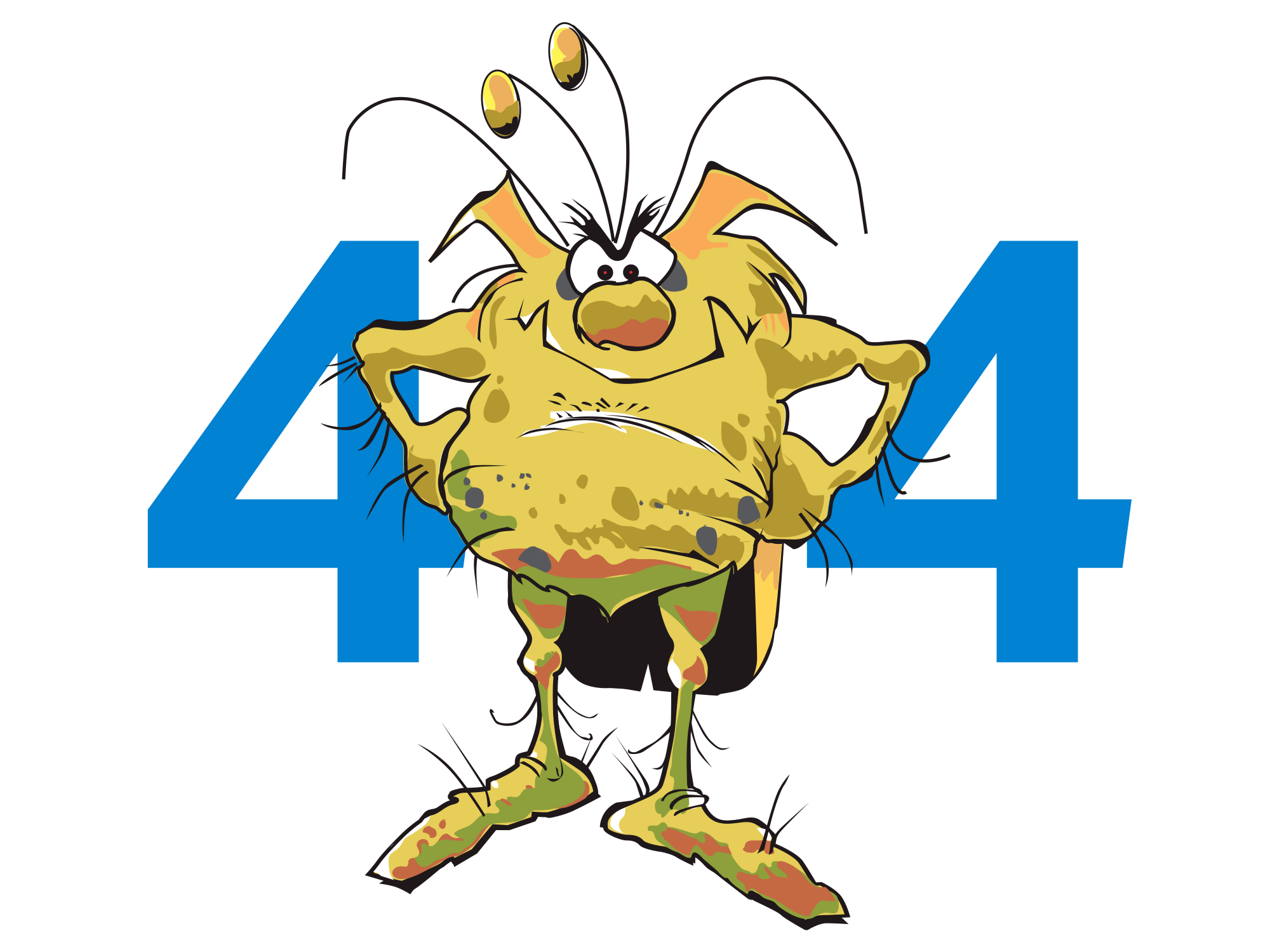Oops, you've found a bug.
How embarrassing! And, unfortunately, it's the rare kind of pest on which Raid® doesn't work.
Please use the search tool at the top to find what you need.

Oops, you've found a bug.
Ups, hast du
Einen Fehler gefunden
How embarrassing! And, unfortunately, it's the rare kind of pest on which Raid® doesn't work.
Please use the search tool at the top to find what you need.
